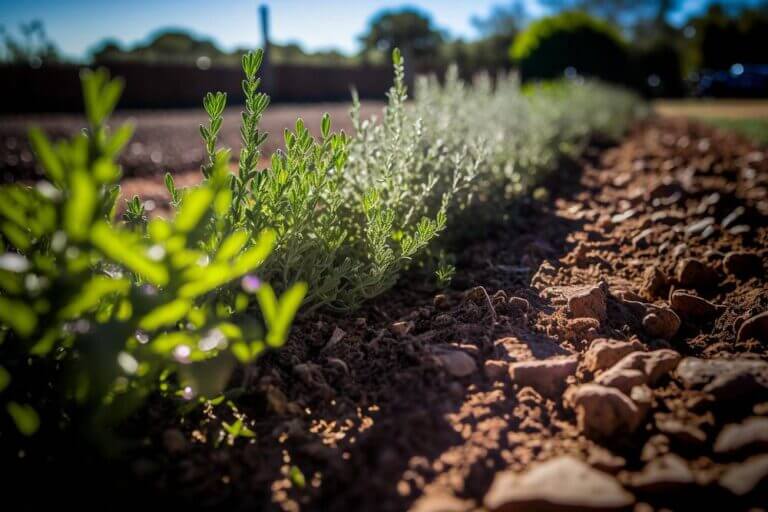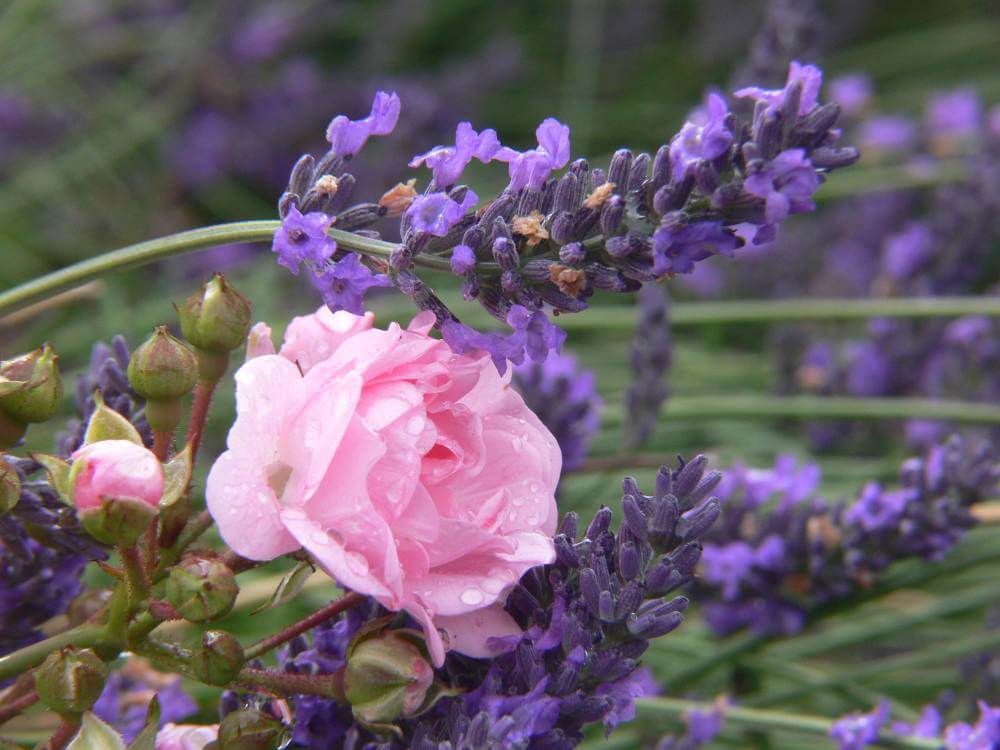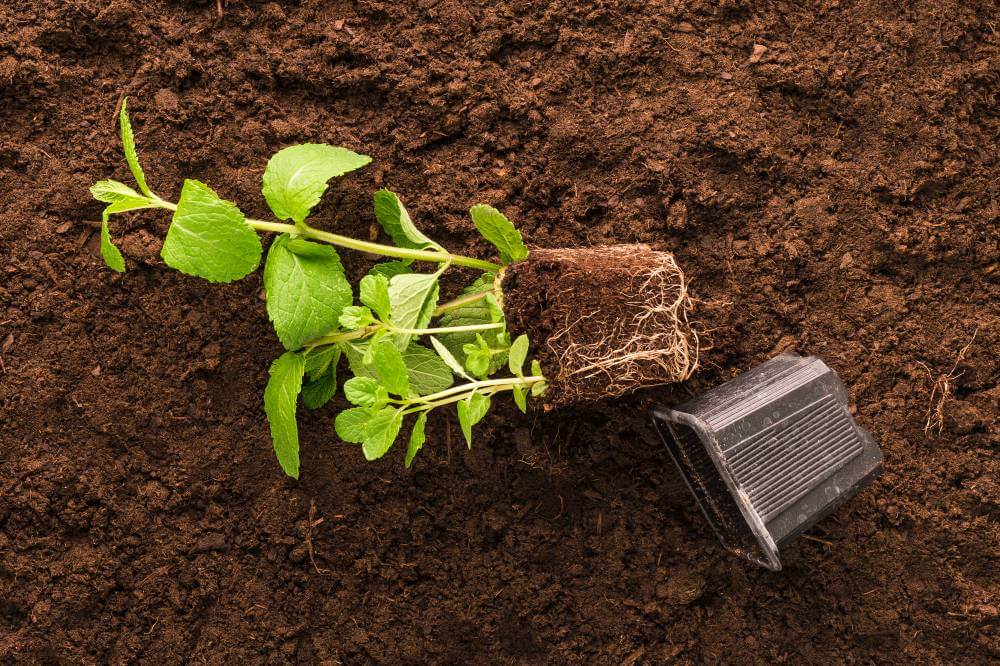Hey there, fellow gardeners! Are you eager to delve into the fascinating world of herb garden layout methods? Each approach offers its own unique benefits and considerations, providing endless possibilities for creating a thriving herb garden. Join me as we explore the pros and cons of each method and uncover expert tips for optimizing your herb garden layout.
Planning Your Herb Garden: Where to Start
Selecting the Ideal Location: Begin by assessing your available space and sunlight exposure. Whether you have a sprawling backyard or a compact balcony, choose a spot that receives ample sunlight for your herbs to thrive. Most herbs love soaking up the sun for at least six hours a day, so aim for a sunny location whenever possible.
Prioritizing Accessibility and Convenience: Consider accessibility and convenience when planning your herb garden layout. Ensure your herbs are within easy reach for watering, harvesting, and maintenance. Arrange taller herbs towards the back of the garden bed or container, with shorter varieties towards the front, to ensure every herb is easily accessible without shading others.
In-ground Traditional Gardening: Embracing Time-tested Methods
In-ground gardening involves planting herbs directly in the soil, without the use of raised beds or containers. This traditional approach allows herbs to interact directly with the soil, accessing nutrients and microorganisms for optimal growth.
Advantages:
- In-ground gardening allows herbs to interact directly with the soil, accessing nutrients and microorganisms for optimal growth.
- Plants grown in the ground benefit from the stability and insulation provided by the earth, helping regulate soil temperature and moisture levels.
- In-ground gardens may require less maintenance than raised beds or containers, as plants can access a larger soil volume and natural drainage.
Disadvantages:
- Soil quality can vary depending on location and may require amendment or improvement to support healthy herb growth. Test your soil and add organic matter, compost, or fertilizer as needed.
- In-ground gardens may be more susceptible to weeds, which compete with herbs for nutrients, water, and sunlight. Use mulch or weed barriers to suppress weed growth and reduce maintenance.
Optimization Tips:
- Prepare your garden bed by loosening the soil and incorporating organic matter, compost, or fertilizer to improve soil structure and fertility.
- Give herbs plenty of space to grow and spread their roots, following spacing recommendations based on plant size and growth habits.
- Apply a layer of organic mulch to suppress weed growth, retain moisture, and regulate soil temperature. Hand-pull weeds as they emerge, or use a hoe or cultivator for larger infestations.
Square-Foot Gardening: Maximizing Space and Productivity
Square-foot gardening is a method that divides the garden bed into small, manageable sections, typically measuring one square foot each. Each square is then planted with a specific crop or group of crops, maximizing space and productivity while simplifying planning and maintenance.
Advantages:
- Square foot gardening maximizes growing space by dividing the garden bed into small sections, allowing for intensive planting and higher yields.
- The grid layout provides clear boundaries for each plant, making it easy to plan and maintain your herb garden.
- With plants spaced closely together, square-foot gardening minimizes the need for bending and reaching, making it ideal for gardeners with limited mobility.
Disadvantages:
- The strict spacing guidelines may limit the variety of herbs you can grow in your garden compared to other layouts.
- Without proper spacing and management, plants may compete for resources, leading to overcrowding and reduced yields.
- Setting up a grid layout garden requires careful planning and division of the garden bed, which may be time-consuming and labor-intensive.
Optimization Tips:
- Research the spacing requirements of each herb and plan your garden layout accordingly. Consider companion planting to maximize space and promote biodiversity.
- Regularly rotate crops to prevent soil depletion and disease buildup. Follow a planting schedule to ensure continuous harvests throughout the growing season.
- Keep an eye on plant growth and adjust spacing as needed to prevent overcrowding. Prune or thin plants to maintain proper airflow and sunlight exposure.
Simple Grid Layout: Organized and Straightforward
The simple grid layout is a variation of square-foot gardening where only one type of herb is planted in each square. This straightforward approach simplifies planning and maintenance, making it ideal for beginners or those with limited gardening experience.
Advantages:
- With only one type of herb per square, the simple grid layout is easy to plan and maintain, requiring minimal effort and expertise.
- Each herb has its own designated space, reducing the risk of overcrowding or competition for resources.
- The simplicity of the grid layout makes it ideal for beginners or gardeners looking for a low-maintenance gardening approach.
Disadvantages:
- Planting only one type of herb per square may limit the variety of herbs you can grow in your garden, compared to more diverse planting methods.
- If a single herb fails to thrive or requires less space than allotted, there may be unused space in the garden bed, leading to potential waste.
Optimization Tips:
- Select herbs that are prolific growers and high-yield producers to maximize the productivity of each square.
- Keep an eye on individual herbs and adjust planting density or spacing as needed to promote healthy growth and prevent overcrowding.
- Once one herb is harvested, replant the square with a different herb to maximize space and extend the growing season.
Keyhole Layout: Creating a Focal Point for Your Garden
The keyhole layout is a circular or horseshoe-shaped design featuring a central circular bed surrounded by radiating pathways. This visually striking layout creates a focal point for your garden while maximizing planting space and accessibility.
Advantages:
- The keyhole layout creates a visually appealing focal point for your garden, adding interest and dimension to your outdoor space.
- By arranging herbs in concentric circles around a central bed, the keyhole layout maximizes planting space while providing easy access to all plants from the pathways.
- The circular design of the keyhole layout promotes efficient movement and workflow in the garden, making it easy to plant, maintain, and harvest herbs.
Disadvantages:
- Designing and implementing a keyhole layout may require more planning and effort compared to simpler gardening methods. Careful consideration must be given to the size and placement of the central bed and pathways.
- The curved pathways of the keyhole layout may limit the usable planting space in the garden bed, particularly in smaller or irregularly shaped gardens.
Optimization Tips:
- Ensure pathways are wide enough to comfortably accommodate gardeners and wheelbarrows while allowing easy access to all areas of the garden.
- Select herbs with similar growing requirements and growth habits to plant in the central bed and surrounding circles, creating a cohesive and harmonious garden design.
- Enhance the visual appeal of your keyhole layout with decorative elements such as stepping stones, garden ornaments, or flowering plants interspersed throughout the design.
Hydroponic Gardening: Embracing Modern Growing Techniques
Hydroponic gardening is a method of growing plants without soil, using nutrient-rich water solutions to deliver essential nutrients directly to plant roots. This innovative approach allows for efficient and space-saving herb cultivation indoors or in controlled environments.
Advantages:
- Hydroponic gardening conserves water and nutrients by delivering them directly to plant roots, reducing waste and promoting efficient growth.
- Hydroponic systems allow year-round herb cultivation indoors or in controlled environments, regardless of outdoor weather conditions.
- Hydroponic setups require less space than traditional in-ground gardens, making them ideal for urban or indoor gardening.
Disadvantages:
- Hydroponic systems may require a higher initial investment than traditional gardening methods, due to the cost of equipment and supplies.
- Hydroponic gardening requires learning new techniques and systems for nutrient management, pH balancing, and plant care. Beginners may need time to familiarize themselves with hydroponic principles.
Optimization Tips:
- Begin with a simple hydroponic setup, such as a Kratky or Deep-Water Culture (DWC) system, before exploring more advanced techniques like nutrient film or aeroponic systems.
- Regularly test and adjust nutrient solutions to ensure plants receive the proper balance of essential nutrients for healthy growth.
- Install grow lights or position hydroponic systems in well-lit areas to provide plants with the light they need for photosynthesis and growth.
Conclusion: Choosing the Right Layout for Your Herb Garden
In conclusion, selecting the right layout for your herb garden is crucial for maximizing space, productivity, and overall enjoyment of your gardening experience. Whether you opt for in-ground gardening, square foot gardening, simple grid layout, keyhole design, or hydroponic systems, each method offers its own unique benefits and considerations.
By carefully assessing your space, resources, and gardening goals, you can choose the layout that best suits your needs and preferences. Remember to experiment, adapt, and enjoy the process of creating your own herbaceous paradise!
Want more herbaceous inspiration? Explore my latest blog posts for expert tips and creative ideas to elevate your herb garden.







